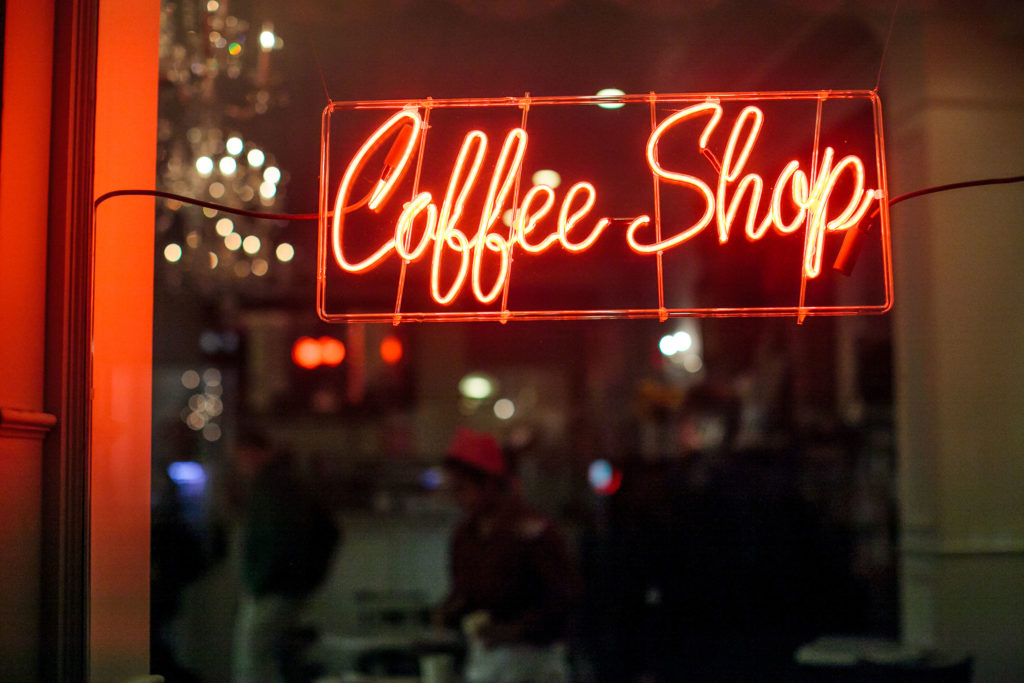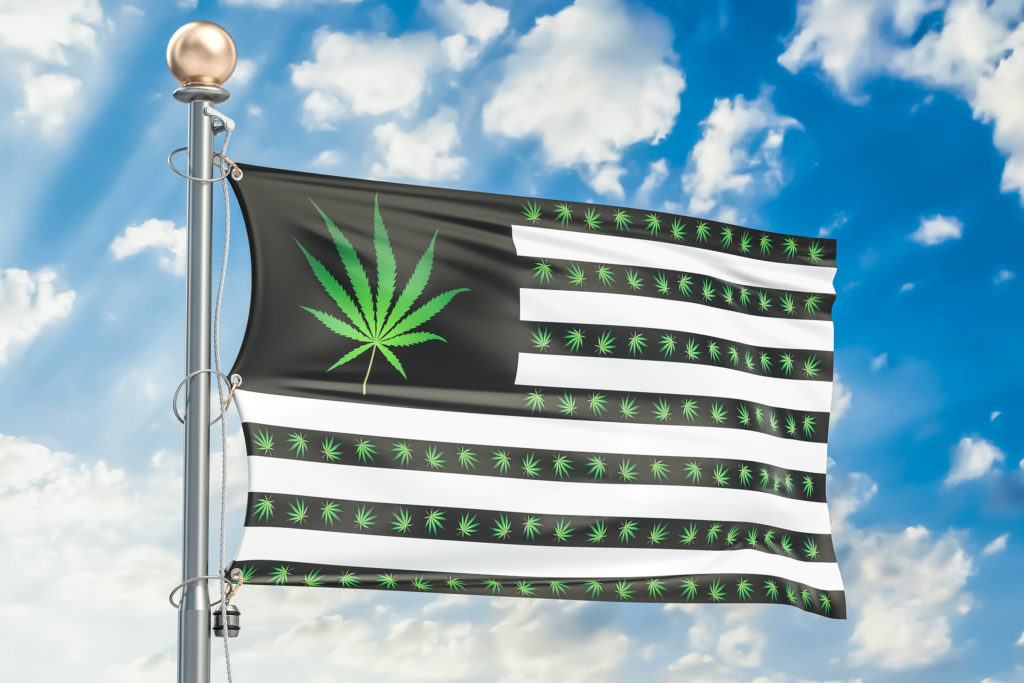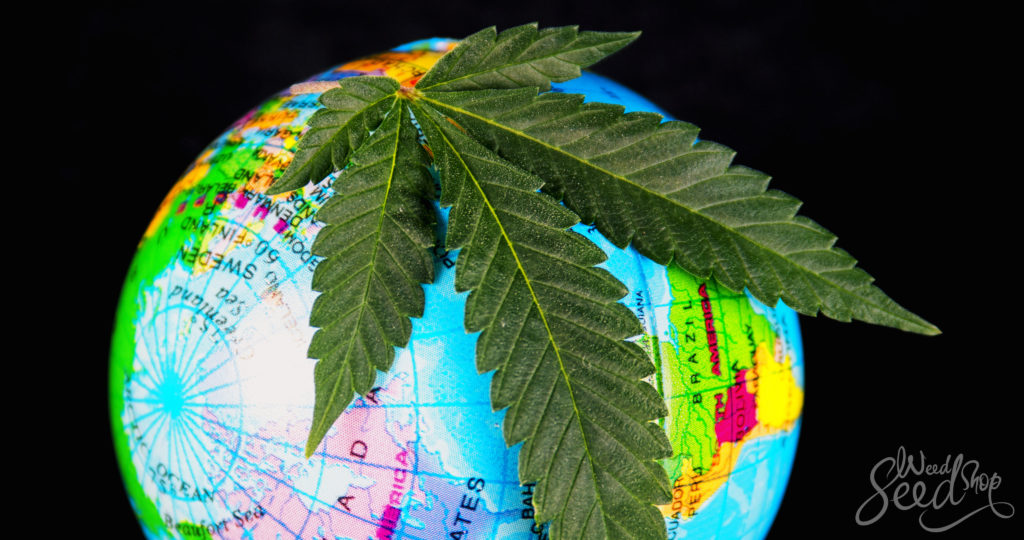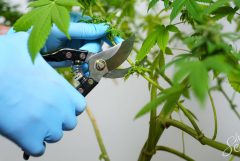Ever wonder what the weed culture is like around the globe? Some countries, treat weed in a more spiritual, mystical way. Others relate it more to commercialism. But the fact remains, all over the world there are people experiencing, using, selling, and distributing weed for different purposes. If you are planning a trip, or just plain curious, read on!
As more countries make the move to legalize cannabis, and even more are taking baby steps to decriminalize it in small amounts, there is a growing fascination with weed and everything it encompasses.
From ancient mysticality and folklore to the plant’s most recent use in contemporary hemp-based textiles and fibres, the cannabis culture is wide-reaching.
While you might at first picture Rasta-style shops on the corner when discussing weed culture, the reality is that around the world, people are lighting up and chilling out in their own unique ways.
Though they’re bound by differing laws and restrictions, these smokers are united by one common thread: a devotion to this ancient plant and the symbolism and peripheral elements (think music, art, literature) that surround it.
Today, we’re taking a look at what weed culture looks like around the world. Are you ready to take a trip with us? Let’s go!
The Netherlands
In the Netherlands, weed culture is interspersed with other types of social interactions. You’re not limited to smoking your joint in secret behind an alley.
Rather, if you visit a coffee shop with a selling permit, you can enjoy a house blunt alongside a cappuccino if you prefer. Not sure where to find these haunts? Look for weed-themed storefronts!
The country has taken steps to decriminalize weed in small amounts. In fact, Dutch policy mandates that residents can own up to five grams of weed, and can even grow up to five plants (although they will most likely be seized when caught).

In this case, weed culture encompasses connection and community. There are currently more than 250 weed-friendly cafes (“coffee shops”) in the Netherlands, and if you’re just visiting, you’re in luck. You don’t have to be a Dutch citizen to partake.
It’s not uncommon for people to light up outside, but it’s officially not allowed, and a policeman will tell the smoker to put it out and never do it again. They won’t be arrested though.
The takeaway? Weed culture in the Netherlands is laid-back and friendly. Though the drug is technically illegal in the country, the stigma around it has been removed to such an extent that it’s not uncommon to pass someone on the sidewalk casually rolling up.
Spain
While the Netherlands takes a casual approach to weed culture, Spain’s take is a little different.
Interestingly, it’s a decentralized country that allows for private consumption. You can even grow your own plants, so long as it’s done within your personal location (similar to the Netherlands – it’s not exactly legal, but it has been decriminalized).
Yet, outside of your home, consumption is still illegal, and no one is allowed to sell or distribute it.
As a result, Spain’s weed culture is wrapped in a veil of secrecy. Smokers meet up to smoke in homes, or in one of the country’s more than 800 private cannabis clubs, the so-called Cannabis Social Clubs. You’ll be hard-pressed to find any vaporizers here — Spaniards prefer to smoke weed in its purest form.
Entry in these clubs is a complicated and complex process, but once you’re in, you can enjoy your blunt in as public of a setting as you’re going to get.
The clubs are often filled with artwork inspired by weed culture, created by local artists. As they are obligated to operate essentially as non-profits, many will host cultural events to dispense of extra income.
As Spain continues to relax its drug laws, penalties for public weed consumption are waning in severity, though sellers continue to receive harsh treatment.
One way smokers are getting around the law? By taking matters into their own hands.
As the cost of pre-rolled cigarettes is often exorbitant, tobacco smokers are taking to rolling their own. This makes it easy for cannabis smokers to light up in public too, masking their joint as a cigarette.
India
In India, weed culture is synonymous with medicine and healing. While weed is still smoked recreationally solely for enjoyment, it also carries with it a significant, ancient association with wellness.
Though the plant is indigenous to the region and was used by ancient Hindus for centuries, its production and sale are currently banned. That doesn’t mean that it doesn’t happen – we’ve written about the enormous cannabis farms in the Himalayas.
The Indian population refers to the flowering top of the cannabis plant as ganja, and the resin it produces is known as charas.
While the drug is still illegal in the country, many spiritual and physical leaders still use it illicitly to treat a range of afflictions. One of the most common ways to intake it is through bhang, which is a drink created from the cannabis seeds and leaves.
From fever to sunstroke, many in India believe that bhang is a cure-all for common aches and pains. It’s even been attributed to healing speech impediments and aiding in proper digestion.
Jamaica
No article on weed culture would be complete without discussing Jamaica’s contribution to it. Walk into any Rasta shop and you’ll immediately notice the correlation between the country’s heritage and artistic expression, and the cannabis plant behind it.
Since the 19th century, weed has been a mainstay in Jamaica, brought over from India. While you can’t traffic it or legally possess it, it is decriminalized, meaning that if you’re caught with two ounces or less, your record won’t be affected.
The most significant cultural contribution that weed has had on the country can be seen in the Rastafarian movement. This African-centric religion sprang up in the 1930s as a way to unify and empower blacks who had been displaced due to colonization.
So how does weed fit in?
Rastafarians believe that weed, or ganja as they also call it, offers a portal to deeper spiritual awareness. Rather than using it to simply get high, they revere it as a means to conjure up spiritual visions and achieve a heightened state of awareness and reasoning.
For this reason, many refer to it as “wisdom weed”.
Recently, the country has expressed interest in cashing in on the local weed culture. It recently allowed the use of medical cannabis and has plans to create an industry of “wellness tourism,” attracting people from all around the world who want to experience the power of the herb themselves.
The United States
Currently, 29 states and Washington, D.C. have legalized cannabis in some fashion. As the stigma around the plant continues to dissipate, weed culture is likewise finding new ground.
In the 1960s, weed in the U.S. was associated with the Hippie Movement, comprised of Beatniks who promoted love over war and free expression for all. While floral shirts, beads, and daisy chains might come to mind first when you consider this era, weed was also a heavy hitter.

Around the mid-1950s, many leaders of the Hippie Movement began speaking out publicly against the criminalization of drug use. While some pushed for the acceptance of psychedelic drugs, such as mushrooms, others, like Dr. Lester Grinspoon, promoted weed’s medical properties.
Now, the movement has shifted from hippies to hipsters. Thanks to trendy, boutique weed shops popping up all around the country, as well as growing internet sales, weed culture has again taken a turn.
Today’s hipster is, in many ways, a modern-day hippie, seeking release from a commercialized world and emphasizing simplistic, throwback recreation and more homeopathic healing. In this space, weed fits right in.
Today’s “modern hippies” are tech-savvy, educated, and entrepreneurial — and just as concerned about their rights and freedoms as their peace-sign-wearing predecessors.
Canada
Medical cannabis has been legal in Canada for 16 years and the Prime Minister is striving to legalize it completely, marking the country’s progressive attitude toward the plant. If he succeeds, Canada is slated to become the first industrialized nation where cannabis is legal throughout.
For now, production remains high. In fact, growers cultivate their plants in enormous warehouses, shipping it to customers using it for medicinal purposes.
To generate capital, medical cannabis growers are even taking their businesses public on the Stock Exchange, making them not unlike any other business in the country.
Though dispensaries are not legally allowed, many still operate under the radar. In general, the commercial aspects of cannabis are realized and capitalized upon throughout Canada. In that sense, weed is more than simply a recreational or even a medical endeavour — it’s a financial one.
Argentina
In Argentina, weed culture is a family affair.
In April 2017, the country legalized medical cannabis, but you won’t have to shell out any hard-earned cash to receive the benefits.
Rather, the pot is provided by a group of 136 local families who petitioned hard for their children to get access to the drug. According to reports, these children suffered from a range of conditions including epilepsy and autism.
Their parents’ argument? Allowing them access to medical cannabis would help treat their symptoms and improve their lives. It would also ease the daily stress and ongoing pressure that their families feel as caretakers.
The effort paid off, and now the entire country has access to cannabis dedicated to medical use. Oh, and the best part? If you’re an approved patient, you can get it entirely for free.
Cambodia
Got the munchies after rolling up? Cambodia is home to the infamous “happy pizza,” which is every bit as delicious and delectable as it sounds. Found primarily in the city of Siem Reap, it’s just like your ordinary pizza, with one special ingredient.
Though cannabis is still technically illegal, authorities deal less harshly with residents and visitors found with an ounce or two in their pocket. Harder drugs, including cocaine, are more severely cracked down upon.
To that end, it’s not uncommon to see a dealer hanging near popular tourist areas. That’s also the reason happy pizza is allowed in many local restaurants.
The weed culture here is one of relaxed regulation. It’s prohibited, but not to the fullest extent, and you can still get your goods if you know where to look, and what to eat.
Czech Republic
In the Czech Republic, you can legally carry up to 15 grams of medical cannabis. However, weed here is so prevalent that residents and tourists alike can easily find a hit, especially in more populated cities like Prague.
Though it’s illegal to buy or sell, the drug laws are notoriously lax, so the stigma around smoking is far reduced compared to other places around the world.
After 40 years under Communist rule, the Czechs have cultivated a generally negative view of the government, specifically police forces. Thus, most aren’t too concerned with the repercussions and fines they may receive for carrying a little over the limit.
Proof? Many elders in the local countryside outwardly use cannabis to create healing balms for their communities. Shy of lighting up in direct view of an officer, smoking more than your share will usually get you a slap on the wrist versus hard time.
Iceland
When you think of weed culture, Iceland might not be the first place to spring to mind, but it should be.
According to a recent study, Iceland tops the charts as the country that smokes the most cannabis in the world. A little over 18% of the population participates, smoking a country-wide average of two metric tons of weed annually, though it’s still illegal under federal law.
The weed culture is so prevalent in Iceland that foreign visitors will often visit online weed shops and have their goods shipped directly to the Keflavik International Airport, where they’ll be waiting for them when they get there.
To fit in with the locals, it helps to know their weed rating scale. In general, “Marri” is the lowest quality weed you can score, while “Polli” lies in the middle of the spectrum. Looking for top-shelf herb? That would be “Riger,” and it’ll cost you.
While one-eighth of an ounce of weed costs roughly $50 in the U.S., expect to shell out close to $180 for the same amount of Icelandic Riger.
One of the reasons for its popularity? Iceland outlawed alcohol in 1915 and only started allowing beer in 1989, so residents had to get creative and seek alternate means of getting high!
Wrapping up: The high notes of weed culture
Everywhere you turn, there are people experiencing, growing, using, selling, and distributing weed for different purposes. In some countries, weed is more spiritual or mystical in nature. In others, it’s more closely related to commercialism.
The great thing about cannabis is that regardless of where in the world you live or visit, there are populations just as passionate and enthusiastic about the herb as you are, regardless of whether or not they can legally express those interests.
To learn more about the weed culture that unites us, check back in often for news and updates. We’ll do the research for you, so you can keep smoking with confidence!














Where to buy